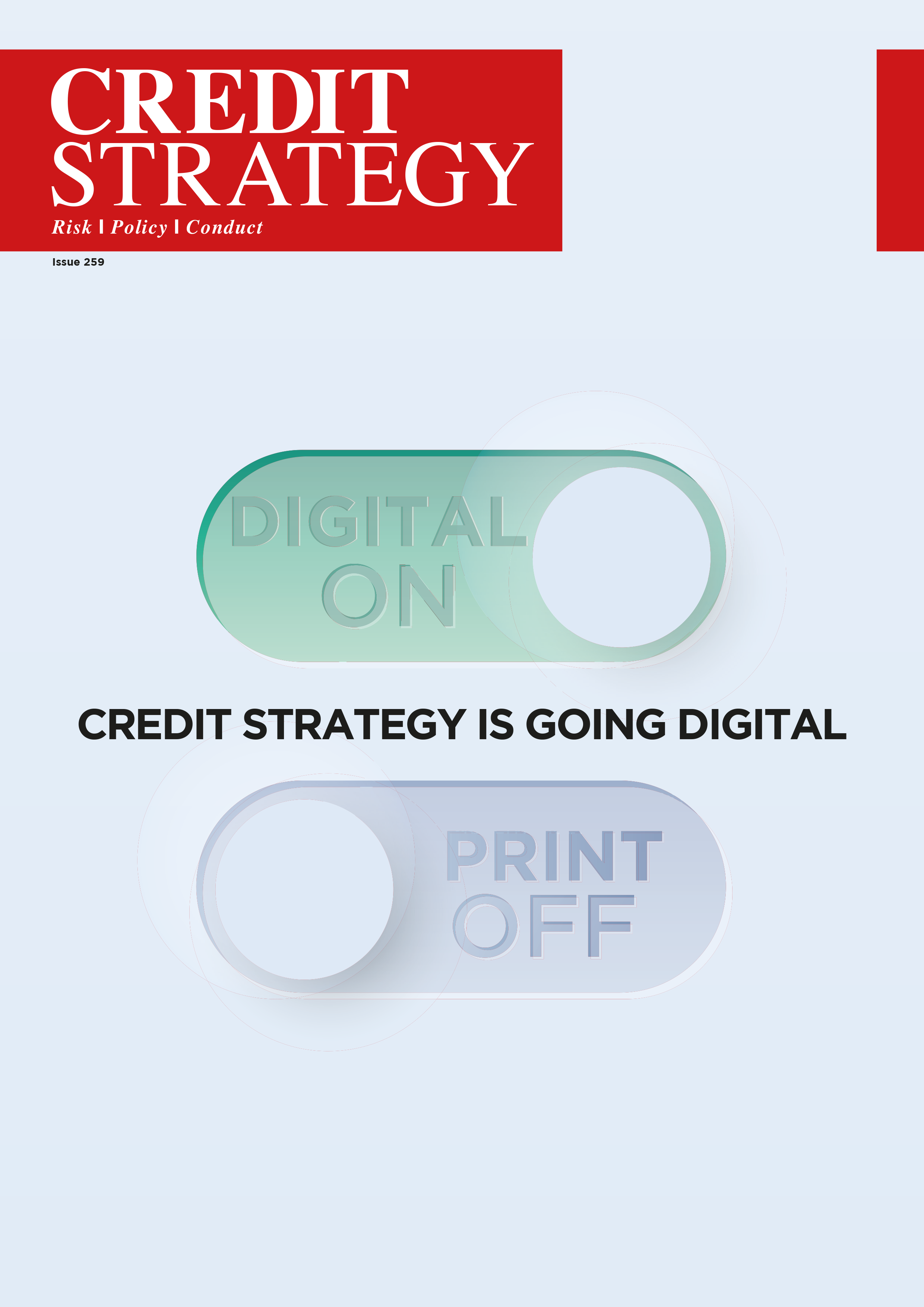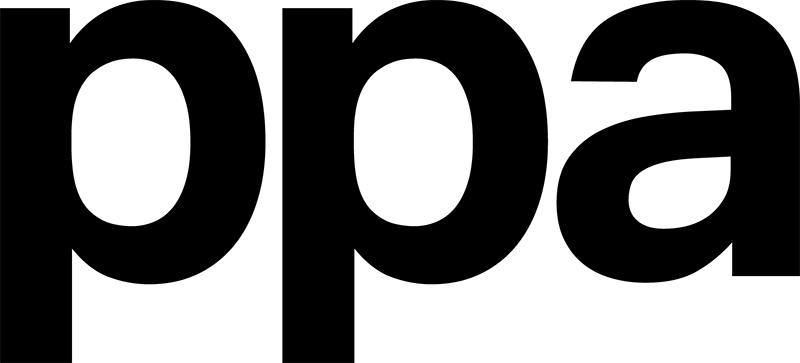Dear visitor,
You're reading 1 of your 3 free news articles this quarter
Register with us for free to get unlimited news, dedicated newsletters, and access to 5 exclusive Premium articles designed to help you stay in the know.
Join the UK's leading credit and lending community in less than 60 seconds.
UK economy “likely” to enter a recession in 2022
The UK economy is likely to enter a recession in the third quarter of 2022, according to research from the National Institute of Economic and Social Research (NIESR).

Senior Journalist, covering the Credit Strategy and Turnaround, Restructuring & Insolvency News brands.
Based on figures in the research institute’s summer economic outlook, it’s likely to stay in recession until at least the first quarter of 2023. There’s also a risk that stagflation - a period when slow economic growth and joblessness coincide with rising inflation - could return for the first time since the 1970s.
Overall, its forecast for year-on-year GDP growth is 3.5% in 2022 and 0.5% in 2023. In addition to this, unemployment is expected to rise above five percent over the coming 12 months as firms respond to the fall in aggregate demand.
Consumer price index inflation, meanwhile, is forecast to peak close to 11% in the fourth quarter of 2022, returning to around three percent a year later. This fall is as a result of tighter monetary policy, a slowing in energy price inflation and falls in real incomes.
The NIESR has, therefore, said that the Bank of England’s monetary policy committee must continue to be cautious as it walks a “fine line” between tightening policy too quickly - which will worsen the recession - and too slowly, increasing the risk of high inflation becoming embedded in expectations.
As for earnings, these are expected to rise by six percent in 2022, however the institute does not expect engrained domestic inflation to result from a wage-price spiral.
In addition to this, with prices settling indefinitely at a higher level relative to incomes, real household incomes are forecast to fall by 2.5% in 2022 and remain over seven percent below their pre-Covid trend beyond 2026.
Looking at this in more detail, three shocks have combined to shift real incomes onto a permanently lower path these being Brexit - which has raised the cost of imports from continental Europe - the recent rise in energy prices and finally the fiscal tightening over the 2021 to 2024 period, following the shock of Covid-19.
In contrast to all of this, the government’s debt and deficits will be lower as a percentage of GDP, with the deficit forecast to fall to around five percent in 2022-23 and one percent in 2023-24. This means the government has more room to borrow to mitigate the effects of these three shocks.
Stay up-to-date with the latest articles from the Credit Strategy team
Get the latest industry news






